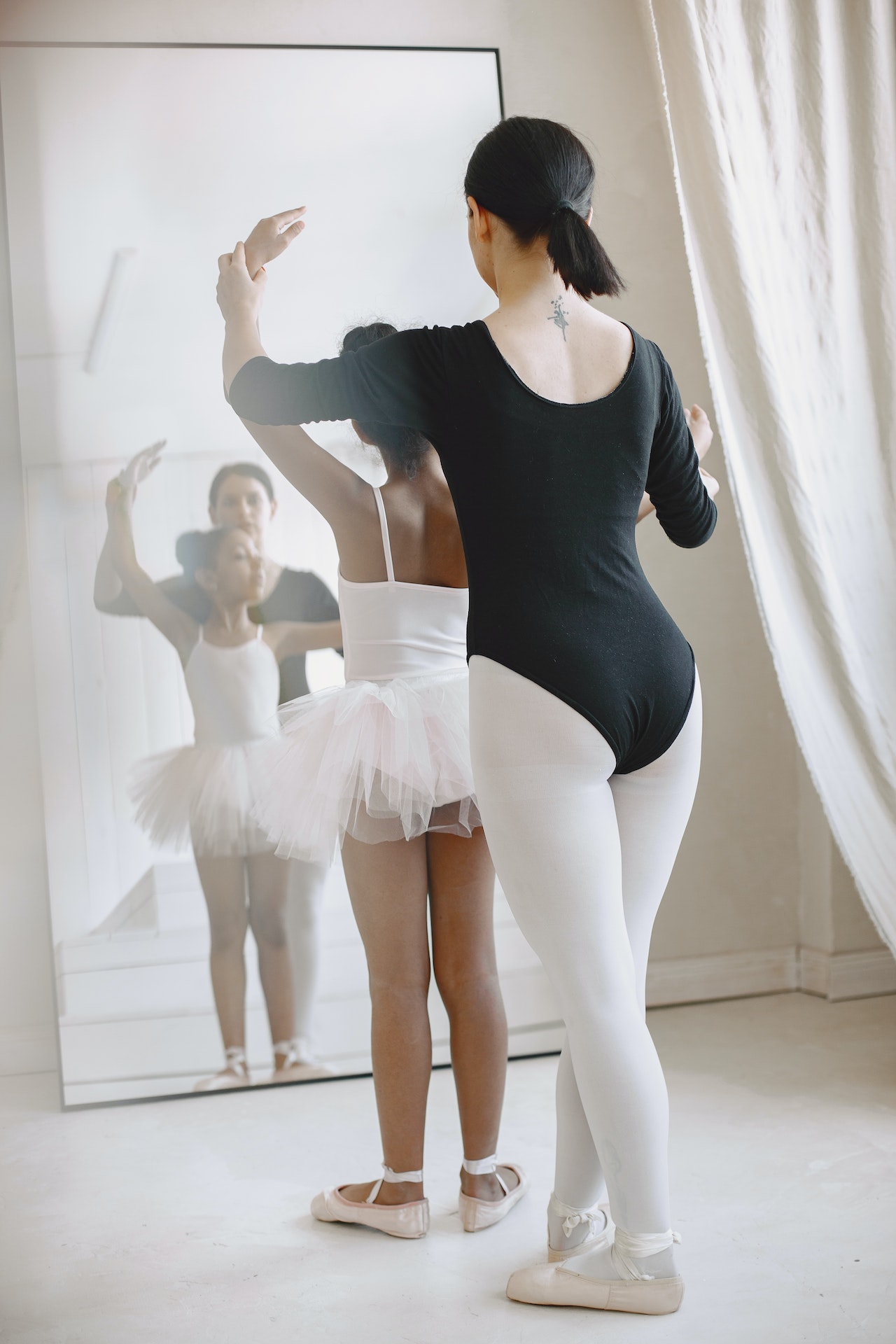How long does it take to learn salsa dancing?
Learning to dance salsa can be a journey of great enjoyment and personal development. The duration of this journey can vary greatly depending on the individual’s prior dance experience, learning style, frequency of practice, and overall dedication. However, a rough guideline can be provided.
Beginners can expect to learn some basic steps in the first three to four sessions. These sessions will introduce the fundamental salsa rhythm and the basic step, side step, and back step.
The following three to four sessions typically focus on musicality – understanding how the dance aligns with the music, learning to listen for the beat, and starting to move in sync with the salsa rhythm.
Then, another three to four sessions are often dedicated to frame and partnerwork. This is where dancers learn the importance of maintaining a good posture, leading and following techniques, and the basics of dancing with a partner.
Next, additional three to four sessions might be spent on learning the first one or two turns, adding another level of complexity and fun to the dance.
Ideally, there should be a review session each week to consolidate what has been learned and to provide an opportunity for practice and feedback.
So, it could take anywhere from one month (with intensive daily sessions) to four months (with weekly sessions) to cover these basics. Remember, learning to dance salsa is not just about the steps; it’s about feeling the music and enjoying the journey. It’s a dance that one can continue to learn and enjoy for a lifetime.
How long does it take
The journey to becoming a great dancer varies greatly from person to person, and it’s largely dependent on the amount of time and effort invested. Malcolm Gladwell’s “10,000-Hour Rule” suggests that it takes approximately 10,000 hours of deliberate practice to master any skill. This equates to roughly 20 hours of practice per week for a decade. However, the quality of practice and individual’s natural ability also play significant roles in how quickly mastery is achieved.
Drawing parallels to language learning, websites such as alljapaneseallthetime and Kungfucius.com emphasize immersion, repetition, and constant interaction with the target language. They argue that language learning should be a daily habit, the same approach can be applied to dance. Regular, consistent practice helps develop muscle memory, making movements feel natural and automatic over time.
However, becoming a great dancer isn’t purely about technical prowess. Traits such as communication skills, politeness, a positive attitude, and an understanding of consent are crucial elements that can often be learned more easily but make a huge impact on your dancing experience.
Taking part in workshops and dance congresses can significantly improve your skills as you learn from experienced dancers and instructors. Private tutoring also provides personalized feedback and targeted training, accelerating your progress. Moreover, taking notes and videos is a very good way to constantly improve and hone your skills.
Lastly, remember that ‘greatness’ in dance is subjective. For some, it’s about technical skill; for others, it’s the ability to connect with the music and their partner. Regardless, consistent practice, a willingness to learn, and a positive attitude are key ingredients on the path to becoming a great dancer.
Can I teach myself salsa dancing?
Salsa dancing is fundamentally a partner dance, so it can be challenging to learn entirely on your own. It involves an intricate interplay of steps, turns, and gestures that are best learned through interaction with a partner and, ideally, under the guidance of an experienced instructor.
That being said, it is not a requirement to attend a formal dance school to learn salsa. You can learn with a partner at home, using online resources such as instructional videos. This approach will still allow you to experience the vital interaction between lead and follow that is integral to salsa dancing. Remember to always practice with music, as this will help you internalize the rhythm and timing of salsa.
While learning with a partner is essential, there are also aspects of salsa that you can work on alone. For instance, you can practice individual steps, improve your body movement, and strengthen your sense of rhythm and musicality. Reviewing and practicing on your own can consolidate what you’ve learned and improve your confidence. Dedicating extra time for one-on-one instruction can also help you progress from an intermediate level to an advanced level in dance.
Overall, while you can certainly make progress learning salsa independently, the social and interactive nature of this dance makes it much more enjoyable and effective to learn with a partner, and if possible, under experienced guidance.
Learning salsa dance in different cultures
The approach to learning salsa varies significantly across cultures, reflecting the unique dance traditions and social contexts of different regions.
In Latin American countries, where salsa is part of everyday life, learning often happens informally. People typically learn by observing others at social gatherings or community events, then trying to emulate what they see. The emphasis here is on feeling the music and the joy of movement, with less attention given to formal technique or specific steps.
In contrast, in Europe, North America, and Asia, salsa learning tends to be more structured. People often learn salsa in dance schools or through structured classes, where instructors teach specific steps, techniques, and routines. The learning process in these regions is often more analytical, with an emphasis on understanding rhythm, timing, footwork, and partnerwork.
Cuba, the birthplace of many salsa styles, has a particularly intensive approach to learning the dance. Given its deep cultural significance, salsa is often studied rigorously here, with dancers dedicating many hours to mastering technique, musicality, and the unique expressive qualities of Cuban-style salsa.
Despite these differences, the love for salsa and its joyous, communal spirit transcends all cultures. No matter where or how you learn, the aim of salsa is to enjoy the music, connect with your partner, and express yourself freely on the dance floor.
Frame Frame Frame
The frame in dancing is the connection between dance partners, vital in communicating movements during partner dances. This shared structure is maintained through a specific positioning of the arms and body. A good frame is firm but not rigid, providing a clear pathway for leading and following movements, while allowing for flexibility and expressivity. It’s akin to a dialogue between dancers, aiding in conveying intentions, direction, and rhythm. Mastery of the frame can greatly improve the synchronicity between dancers, making their movements appear fluid and coordinated. Hence, maintaining a proper frame is fundamental to successful partner dancing.


